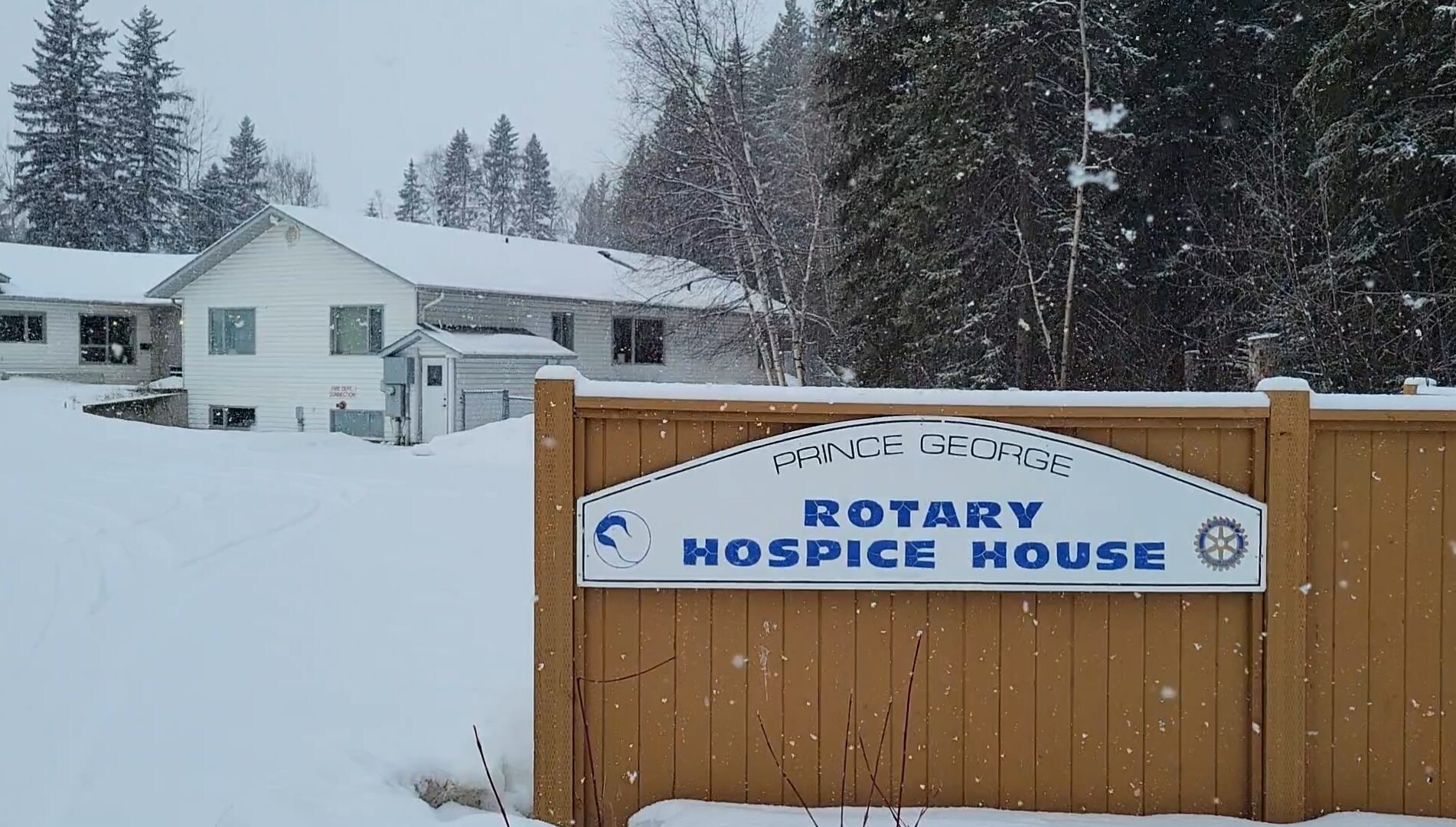The National Hospice Palliative Care Association was established in 1987, and with it, the Prince George Hospice Palliative Care Society began work in the community. This is part three of a three-part detailed series delving into the Society.
This is the final installment, and you can find part one here, and part two here.
In Part one of this series, we covered some of the programs that the Prince George Hospice Palliative Care Society have, and showed the importance of volunteering.
In Part two, we looked at fundraising for the organization, and how that keeps Hospice afloat.
“I love being here, I wouldn’t be here if I didn’t love it.”
The frontline workers at Hospice, the care-aids and the nurses, are out there everyday making sure the experiences that patients and family have are good ones.
There are about 30 staff members that work in the Hospice House.
“Sometimes days are very difficult. Some people need more support than others. Some guests don’t have families, so you’re supporting them as well. Sometimes you’re having a guest here for a little while, and then they pass. That’s very hard for staff, because you get attached to that person,” said Corri Mcgleish, an Administrative Assistant and Care-Aid with Hospice.
“I love being here, I wouldn’t be here if I didn’t love it. But sometimes, if you’re working five days a week, it could be super difficult, and you can get drained of all your energy.”
Mcgleish has been with Hospice since 2007, and said that things have changed since she started.
She added their focus is making things as comfortable as possible for guests, noting that people can bring in pets, they can bring in their own blankets and pillows and pictures, and family can sleep there overnight, but not a lot of people know about what happens at Hospice House.
“What I say is we’re here when they’re ready. Because a lot of people, it’s hard for them, because oh, I’m going to Hospice House, and I might not get out, and that’s the terrifying, I think, part of it.”
She added that they encourage people to come take a tour and find out about Hospice, because she knows a lot of people are afraid.
“…once you come in here there’s lots of laughter also, because the family can be family…”
Mcgleish said they’ll do everything they can to make it a supportive experience.
“Some people think because it’s Hospice, because people are… most of them are going to die, this is the last place they’re going to go, that this is a sad place,” said Cynthia Marquez, a Registered Nurse at Hospice.
“It’s not really a sad place, because once you come in here there’s lots of laughter also, because the family can be family, and then they get the chance to be with the guest.”
Marquez said a large part of her job is giving back control to the patients, and being straightforward with them.
“We tell them everything, medication or something, we discuss the difficult conversations. How much time does my family have, or how much time do I have? Well we don’t have a crystal ball, but we tell them you’re changing, and when you came in here you were walking, right now you’re not walking anymore.”
Marquez has been with Hospice for over 16 years, and that this organization has had a big impact on her.
“I did work in the Philippines, in the military installation for close to ten years, and I really, really enjoyed that. But this was like a 180 degree change, and when I came in here, within two weeks I knew that it was meant to be.”
“This was also the place where I healed after the death of my mother.”
She said that even in the Philippines she dreamed of the Prince George Hospice Palliative Care Society.
“It was just meant to be. Hospice gives more to me, that satisfaction.”
But Marquez added that this organization has helped her in other ways.
“This was also the place where I healed after the death of my mother. Because my mother died at a very young age.”
“I was blaming myself for not being able to be there on the last days of hers, because I was already working with the military, in the military hospital as a civilian nurse. It was here that all those questions were answered, so it’s also a healing place.”
Editor’s Note: I want to thank the staff at the Prince George Hospice Palliative Care Society for allowing me to tour their facility and speak with them for a day and a half. I was shocked by how much of the organization was community driven, and how many programs aren’t often advertised. There seemed to be a large emphasis on making sure help was offered in areas that were needed, and that much of the staff knew what was going on in other departments. I hope this broadened your understanding of the Prince George Hospice Palliative Care Society.
Something going on in the Prince George area you think people should know about?
Send us a news tip by emailing [email protected].







